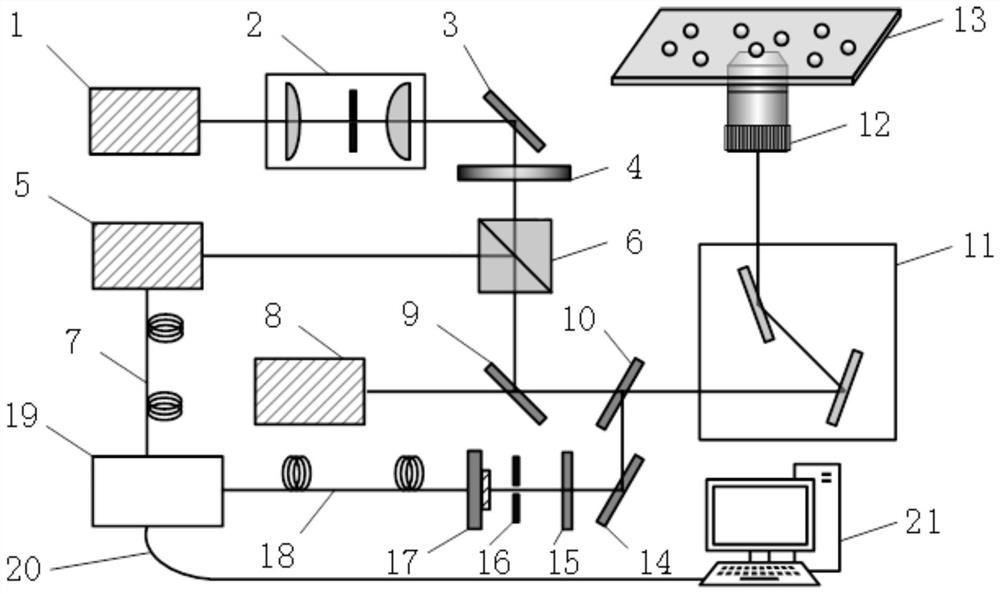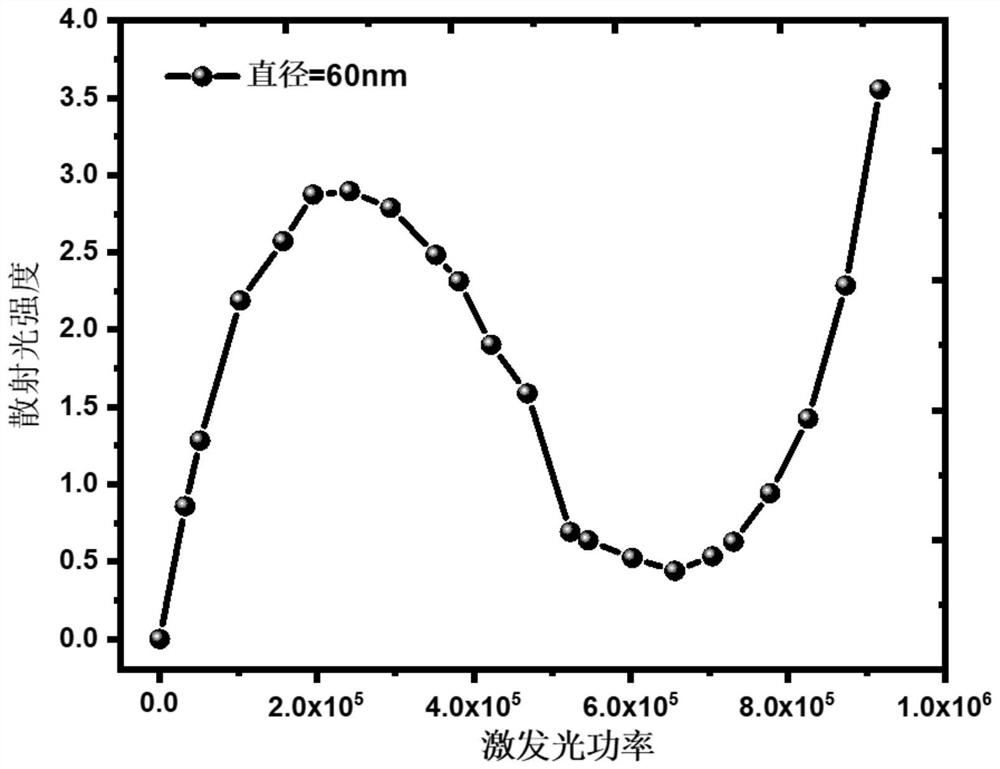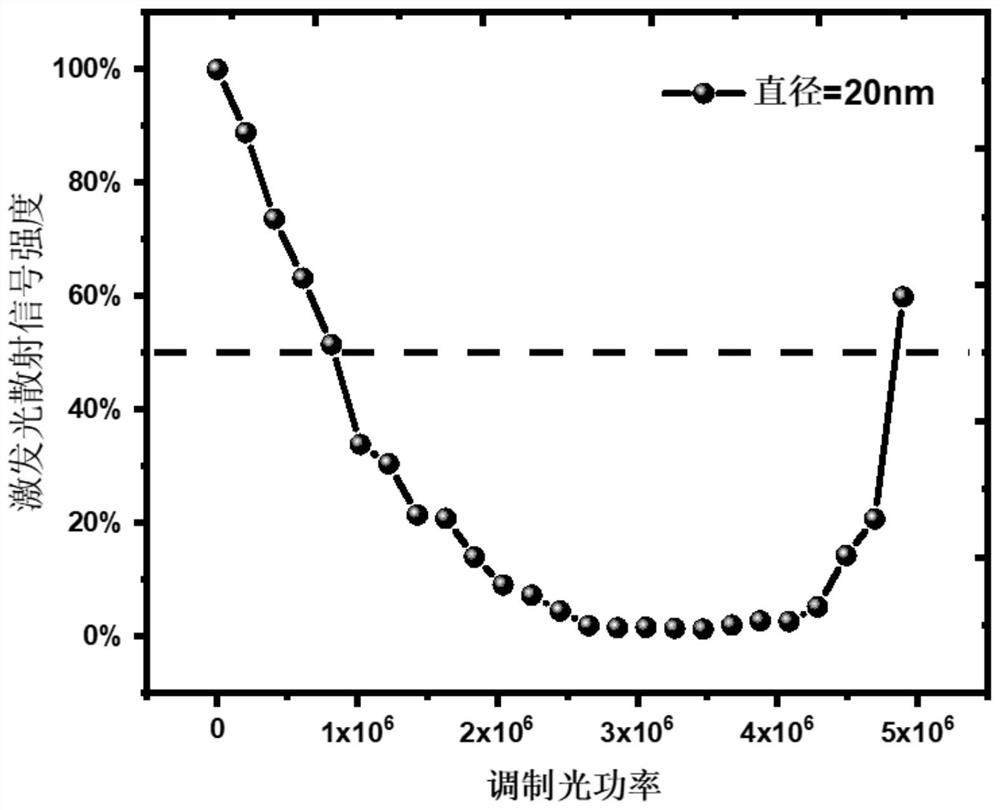A super-resolution microscopy system for detection of small-sized plasmonic nanoparticles
A nanoparticle and microscopic system technology, applied in individual particle analysis, particle and sedimentation analysis, measuring devices, etc., can solve the problems of low detection resolution, unstable signal, high sample preparation requirements, etc. Effects of photobleaching and reduced experiment cost
- Summary
- Abstract
- Description
- Claims
- Application Information
AI Technical Summary
Problems solved by technology
Method used
Image
Examples
Embodiment Construction
[0028] The present invention will be further described below in conjunction with drawings and embodiments.
[0029] see figure 1 , a super-resolution microscopy system based on plasmonic nanoparticle detection, including: a first laser 1, a filter unit 2, a first silver mirror 3, a phase plate 4, a second laser 5, a polarization-dependent beam splitter 6, a second Three lasers 8, a dichroic mirror 9, a semi-reflective and semi-transparent glass 10, a vibrating mirror unit 11, a microscope objective lens 12, a displacement platform 13, a second silver mirror 14, a filter 15, a first pinhole 16, Photomultiplier tube 17, lock-in amplifier 19 and terminal 21; the Gaussian suppressed light generated by the first laser 1 is input to the filter unit 2, and after being spatially filtered by the filter unit 2, it is input to the first silver reflector 3 and the phase plate 4, and then passed through The phase plate 4 is phase-modulated to generate ring-shaped suppressed light; the loc...
PUM
| Property | Measurement | Unit |
|---|---|---|
| size | aaaaa | aaaaa |
Abstract
Description
Claims
Application Information
 Login to View More
Login to View More - R&D
- Intellectual Property
- Life Sciences
- Materials
- Tech Scout
- Unparalleled Data Quality
- Higher Quality Content
- 60% Fewer Hallucinations
Browse by: Latest US Patents, China's latest patents, Technical Efficacy Thesaurus, Application Domain, Technology Topic, Popular Technical Reports.
© 2025 PatSnap. All rights reserved.Legal|Privacy policy|Modern Slavery Act Transparency Statement|Sitemap|About US| Contact US: help@patsnap.com



